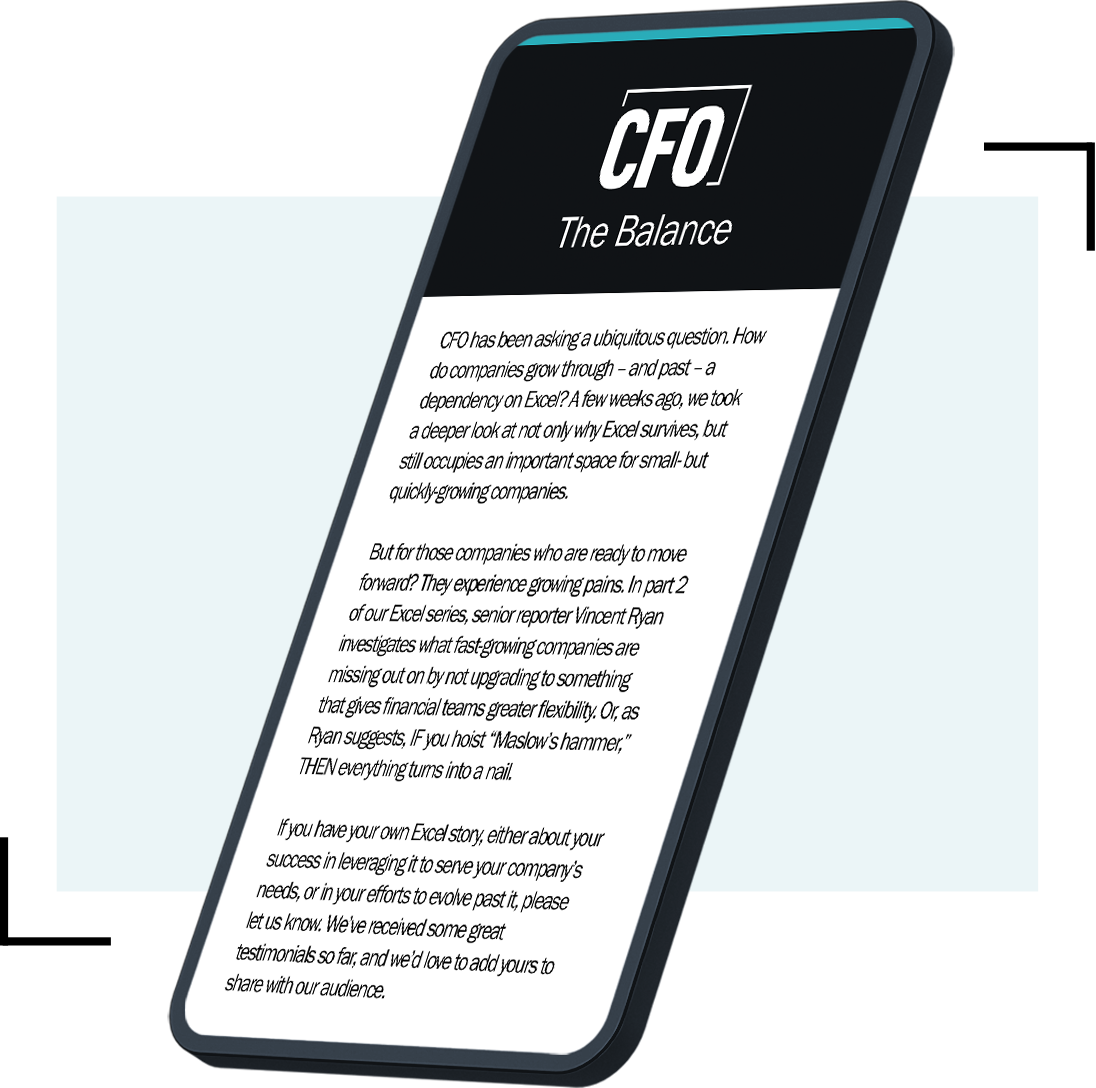As Americans start receiving their government rebate checks this month, thanks to President Bush’s $1.3 trillion tax cut, corporate retirement plan sponsors find themselves sifting through a slew of new pension provisions that are also part of the bill, and that could completely reshape plan designs.
The majority of the 417-page Economic Growth and Tax Relief Reconciliation Act, signed in late May, outlines more than four dozen rules that promise sponsors greater design flexibility and some simplification, in an effort to increase employee participation and encourage employers to initiate or expand their savings programs.
“Companies now have substantial opportunities to make their retirement plans more effective at attracting, retaining, and motivating employees,” says David Wray, president of the Chicago-based Profit Sharing/401(k) Council of America. “This is a chance to take out a blank sheet of paper.”
Receiving the most headlines has been the tax bill provision that gradually raises the limit on annual contributions to 401(k) plans from $10,500 to $15,000. Wray predicts the new law will increase savings levels by more than 50 percent by 2006, when the new maximum contribution level will take effect. But additional regulations for both defined contribution and defined benefit plans go even further, and are expected to increase the number of small companies that offer retirement plans, improve pension portability, and permit greater participation by higher-paid employees.
The following are some of the highlights.
- The tax deduction limits on employer contributions to profit- sharing plans will increase up to 25 percent of total employee compensation. The current level of 15 percent was considered low for smaller businesses, some of which established money-purchase plans to provide more savings. The effects of the change, notes Tom Veal, an employee benefits expert at Deloitte & Touche LLP, will be simplification for companies with dual plans, and higher contributions for those that stopped at 15 percent.
- The “same-desk” rule is repealed. Companies can now distribute plan assets to employees after a merger, rather than maintain a separate plan. The liberalization of the rollover rules should reduce the administrative burdens on larger plans.
- Modifications are made to the “top-heavy” rule, which requires companies to kick in extra funds for all non-key workers when the savings balances of key employees exceed 60 percent of plan assets. Essentially, the changes redefine who is a key employee, and count employer-matching contributions when calculating the top-heavy minimums. “This change will encourage more small businesses to create retirement plans,” predicts Jeff Bograd, a consultant with New York Life Benefit Services, because fewer plans will be deemed top-heavy.
- The new law expands the deductions for larger companies that give employees the option to collect dividends or reinvest in employee stock. Veal estimates that tens of millions of dollars of new deductions will now be available.
- For defined benefit plans, the law increases the maximum benefit that can be provided to a participant in a qualified plan. This allows companies to distribute more of a top executive’s benefits through a qualified plan and to deduct more of the contributions to the plan. “There is greater security for participants, and fewer funds are subject to tax,” says Veal, who anticipates a renewed interest in defined benefit plans, especially among middle-market employers, thanks to this change.
While these provisions don’t take effect until January, and await guidance from the Internal Revenue Service, it’s not too soon for plan sponsors to determine the potential impact of the new law on a company’s benefits structure, experts say. But they add that these are among the most substantial changes to come along in 25 years, and advise stepping back and taking a fresh look. “I would work to make specific changes that connect the plan to the company’s strategic goals,” says Wray, “and not just implement changes on an ad hoc basis.”








